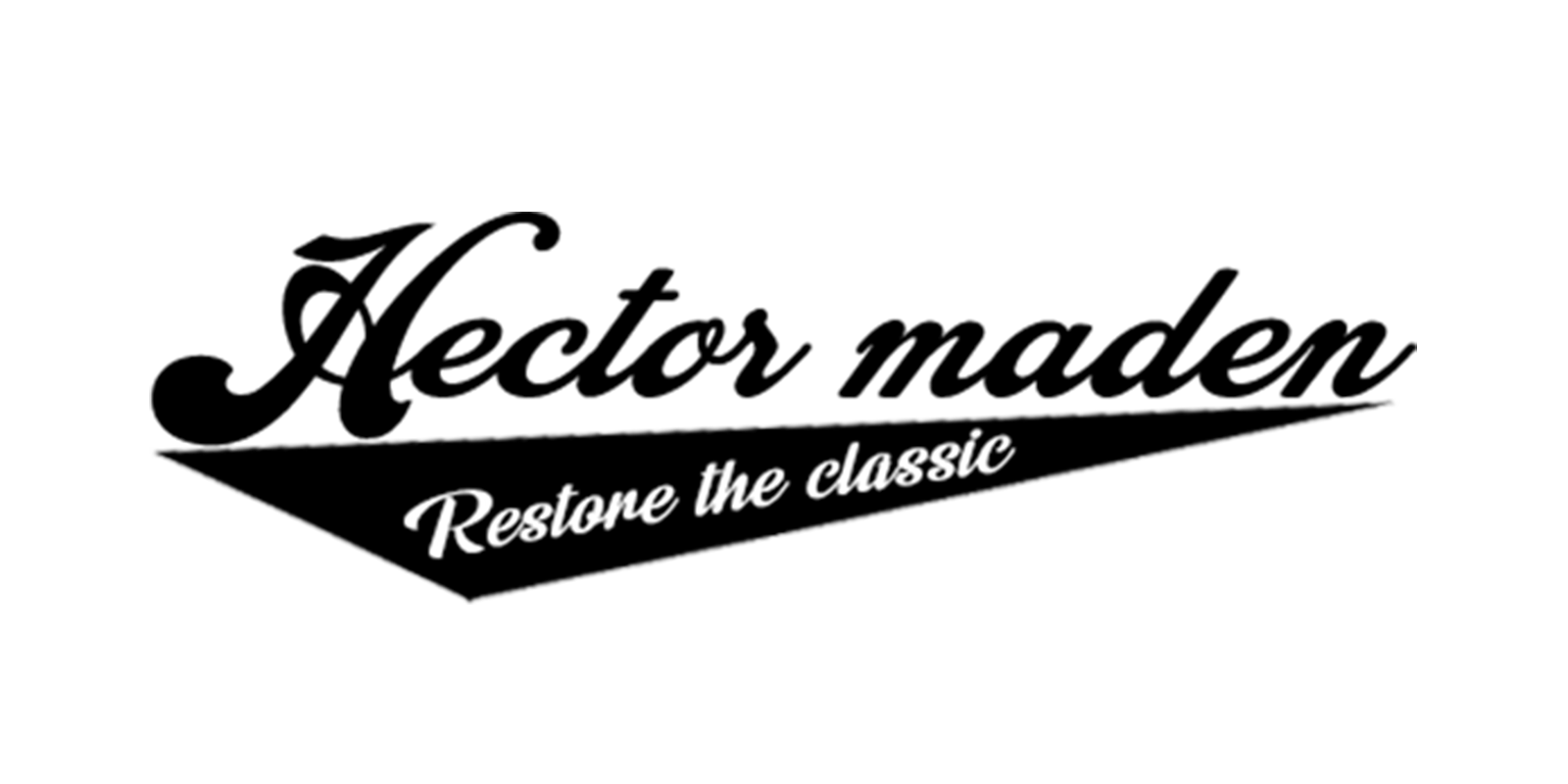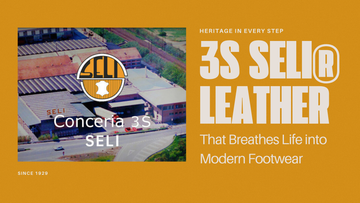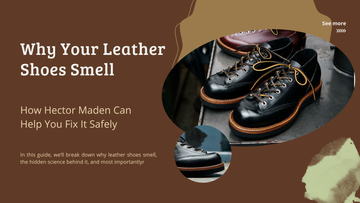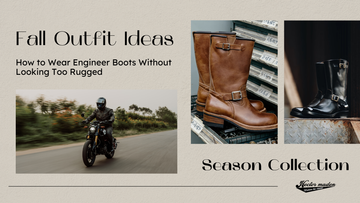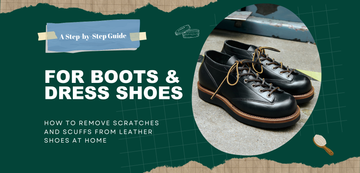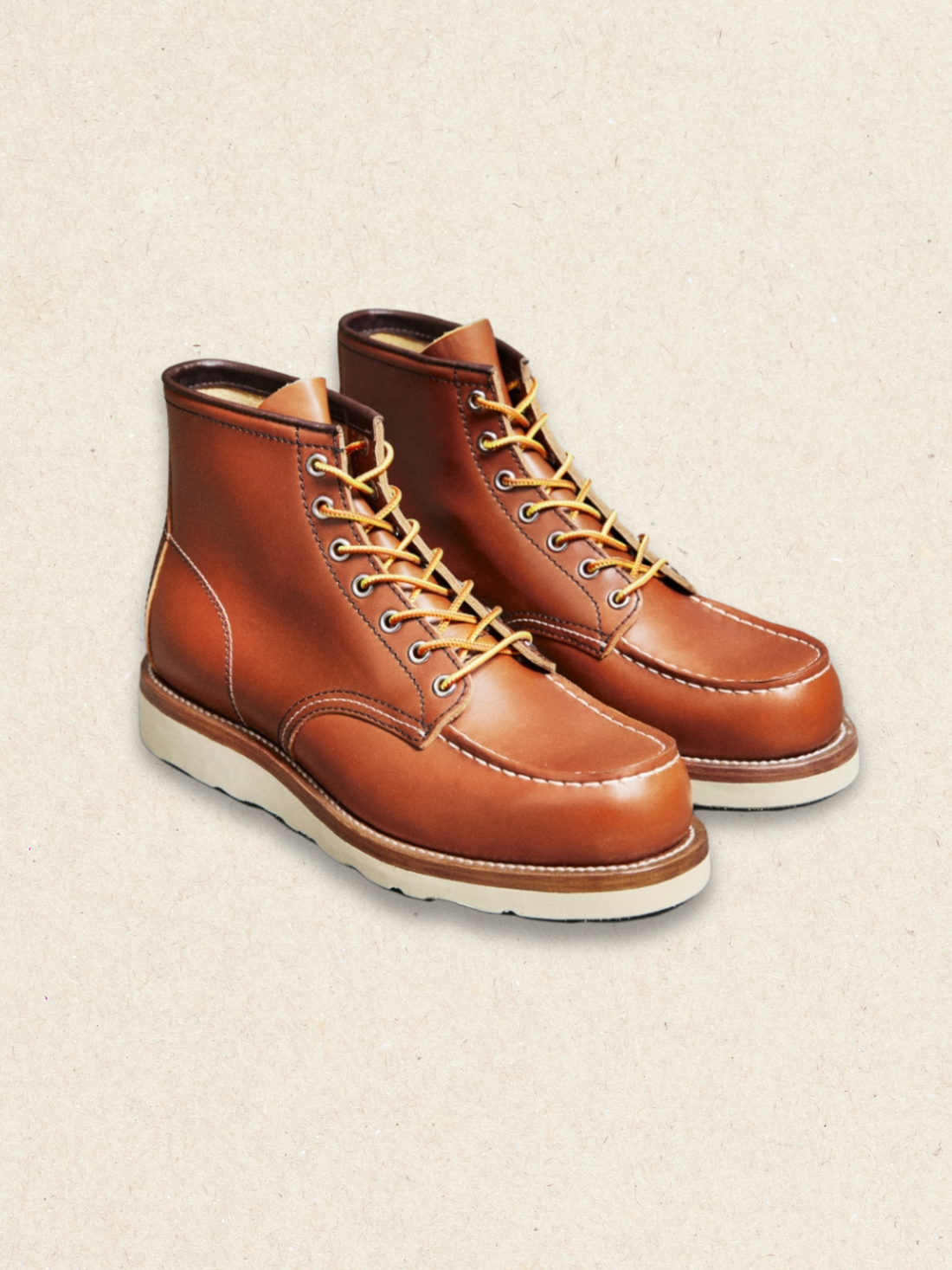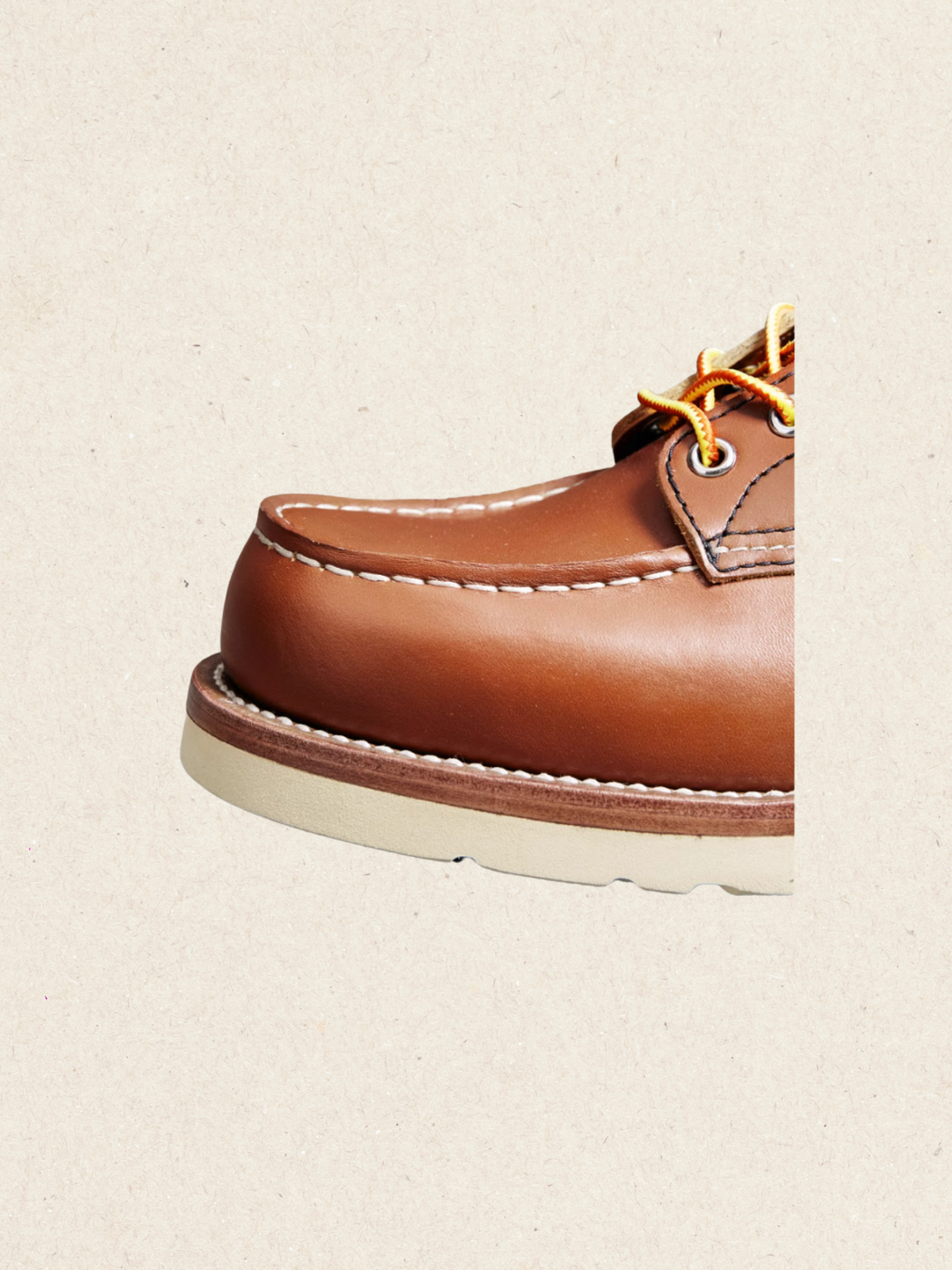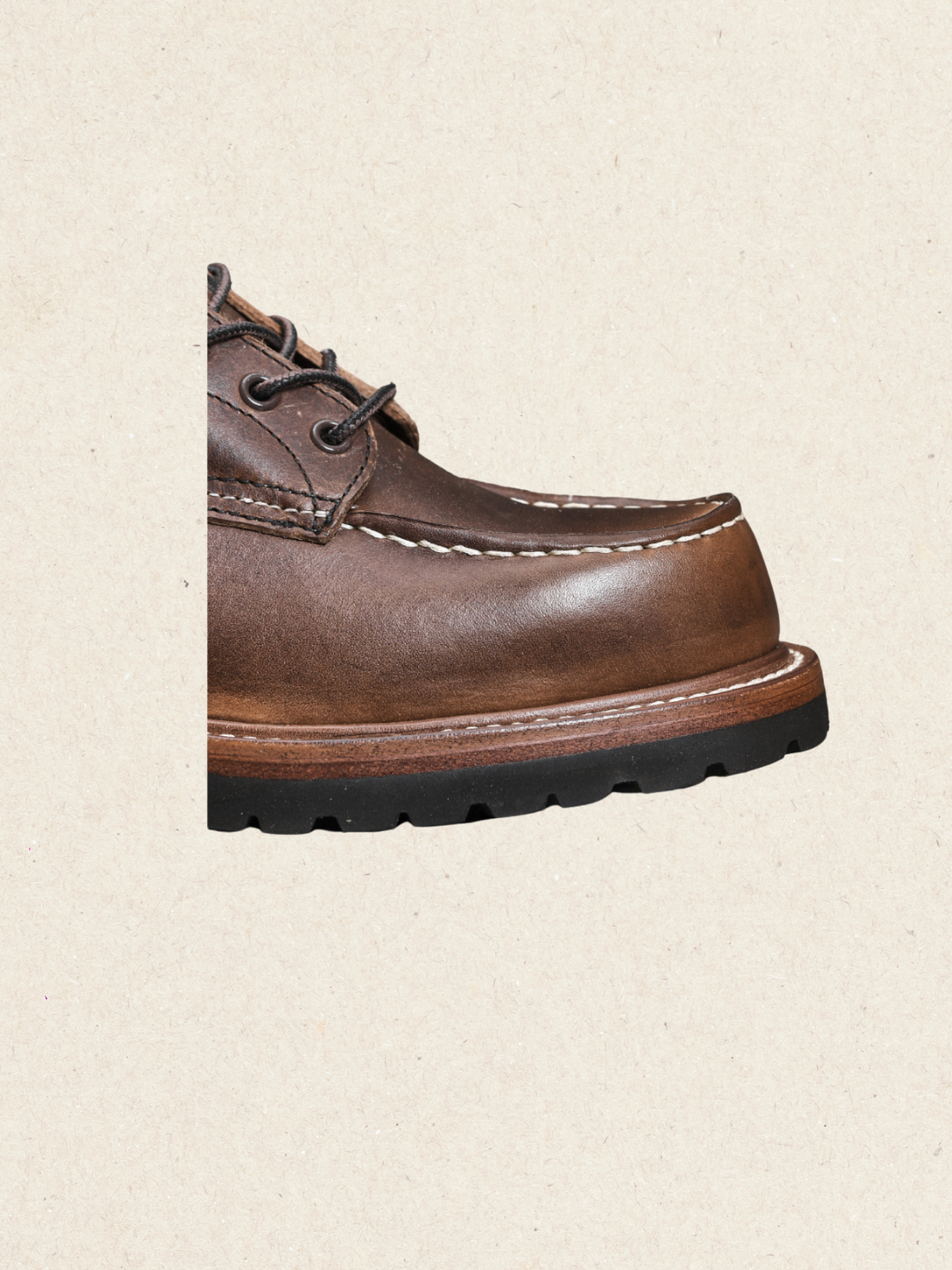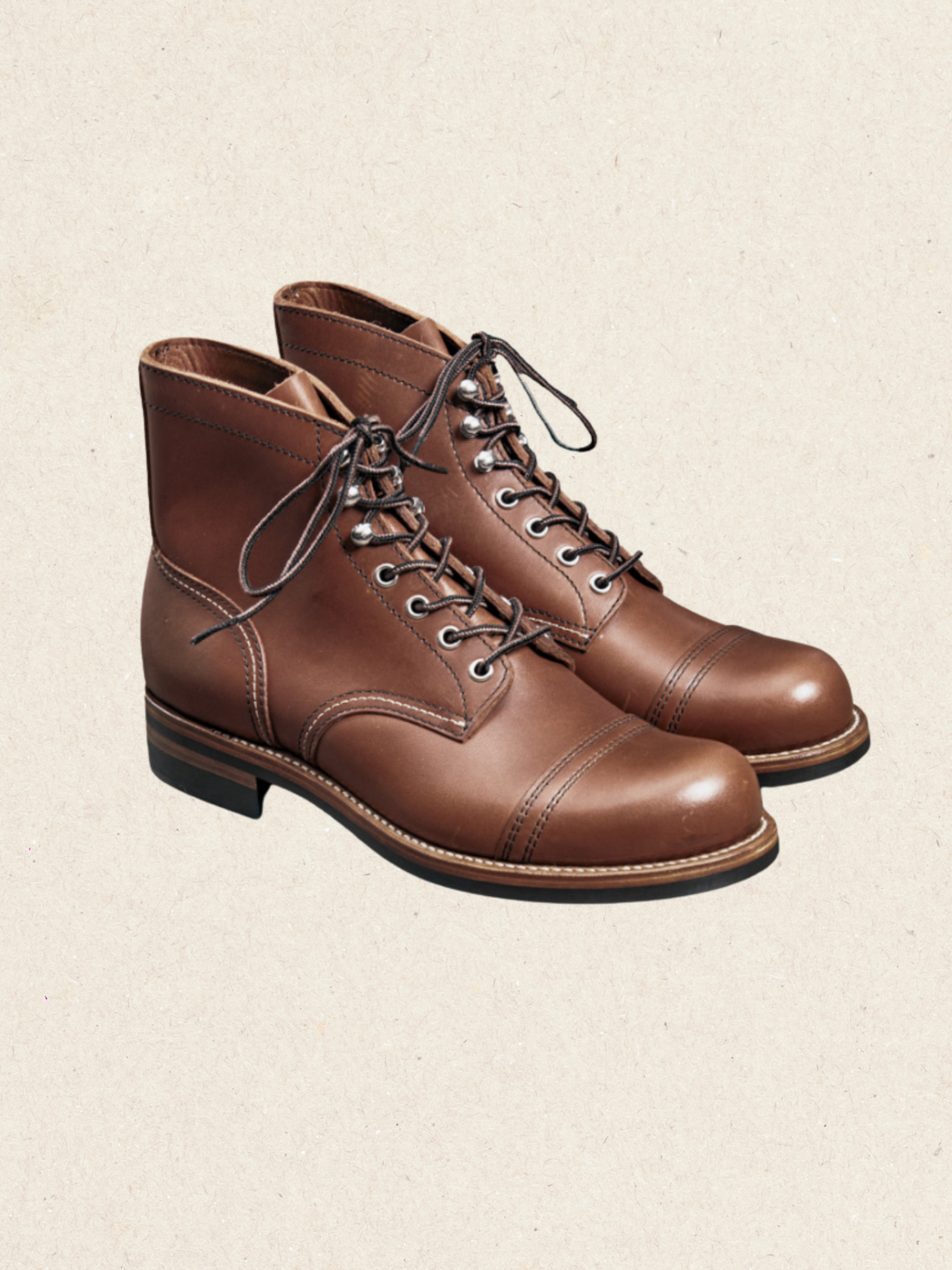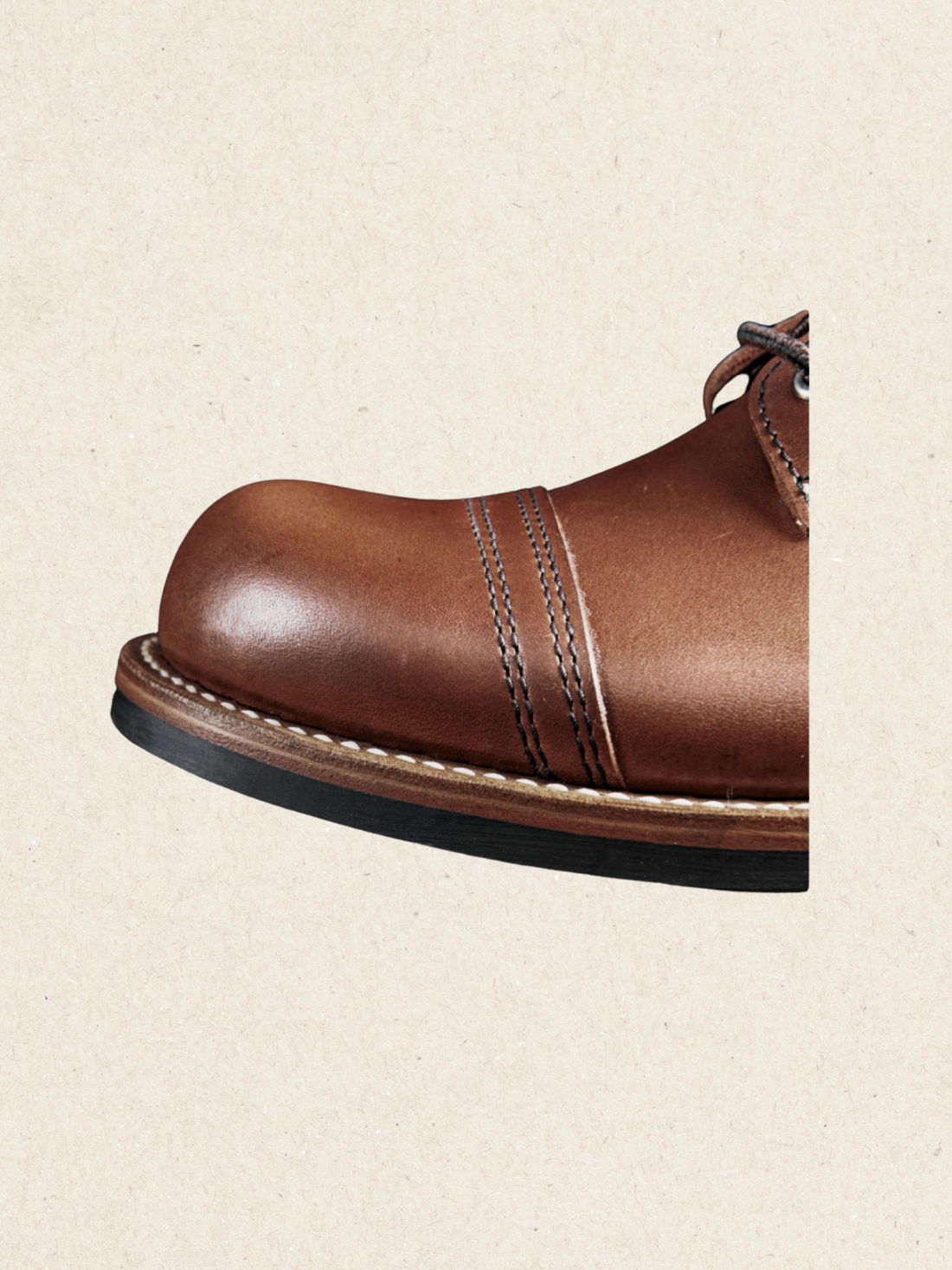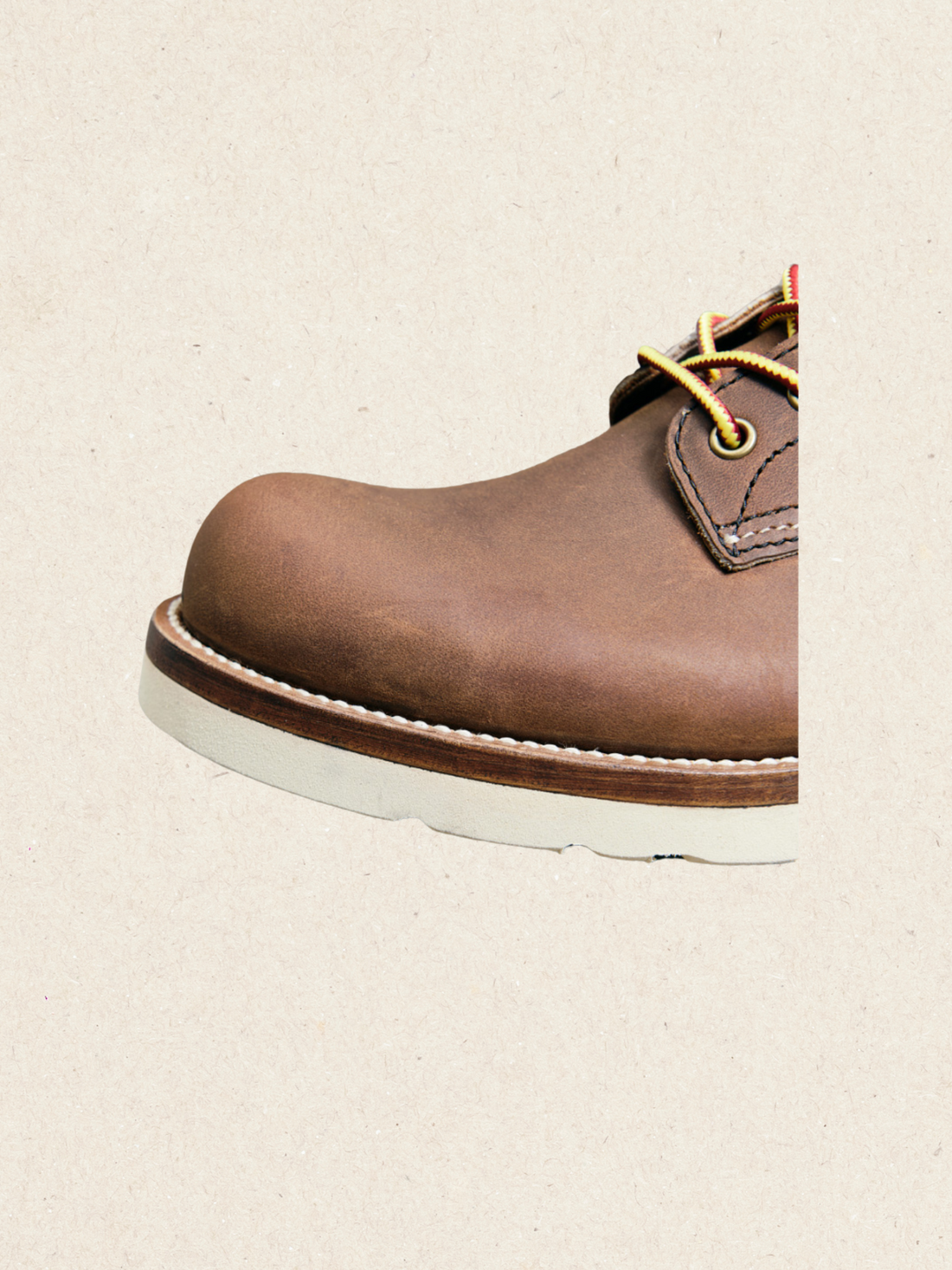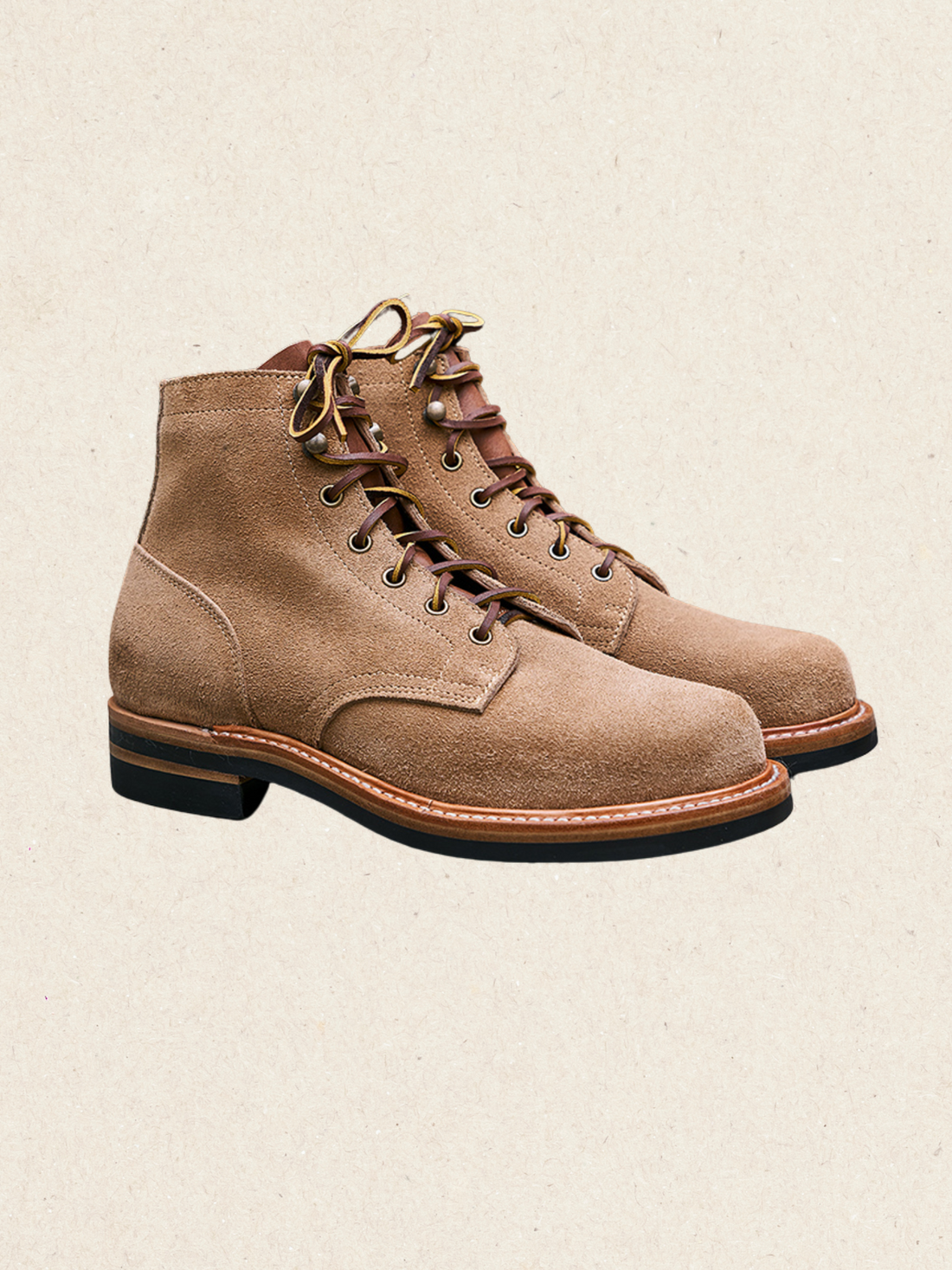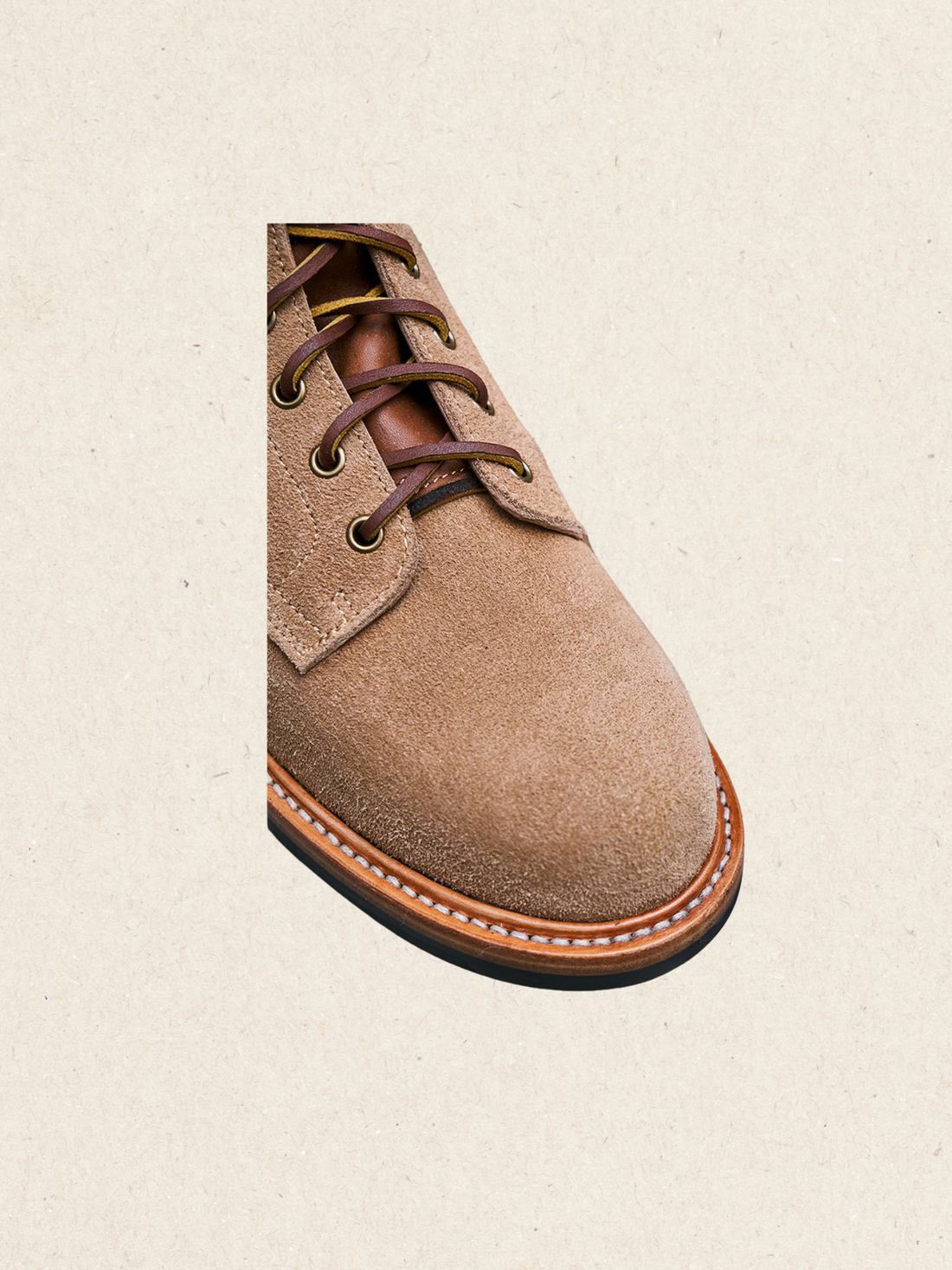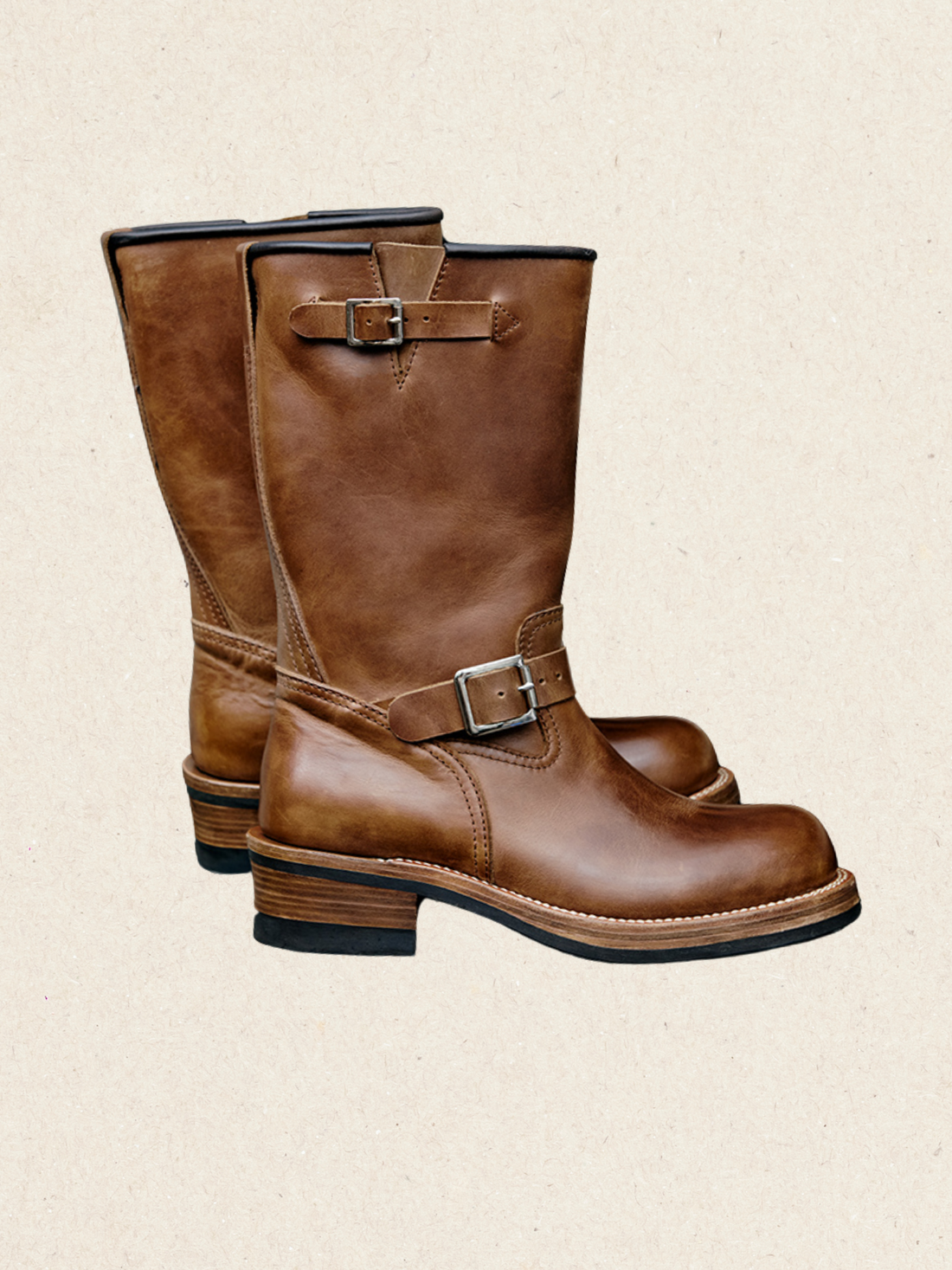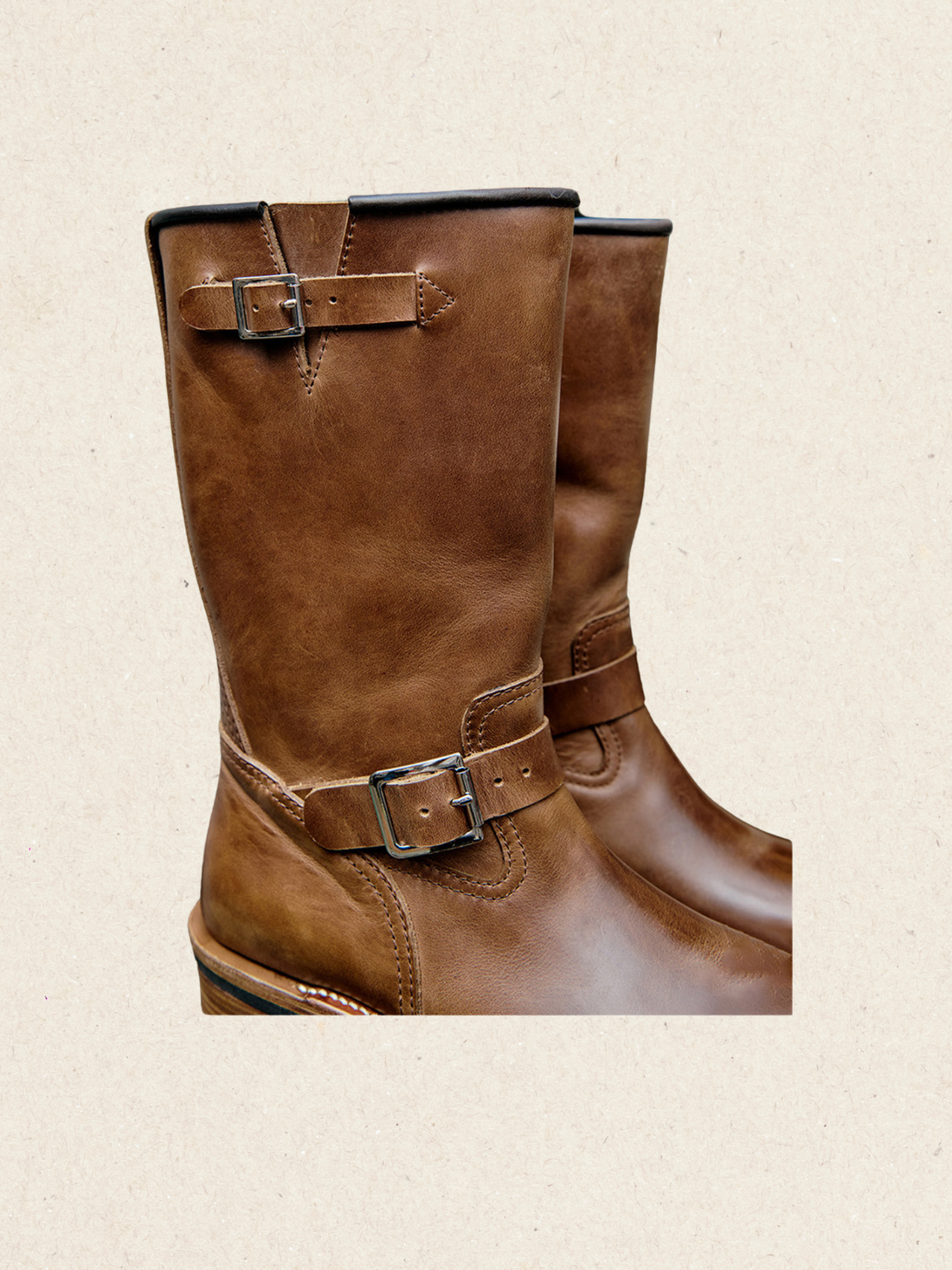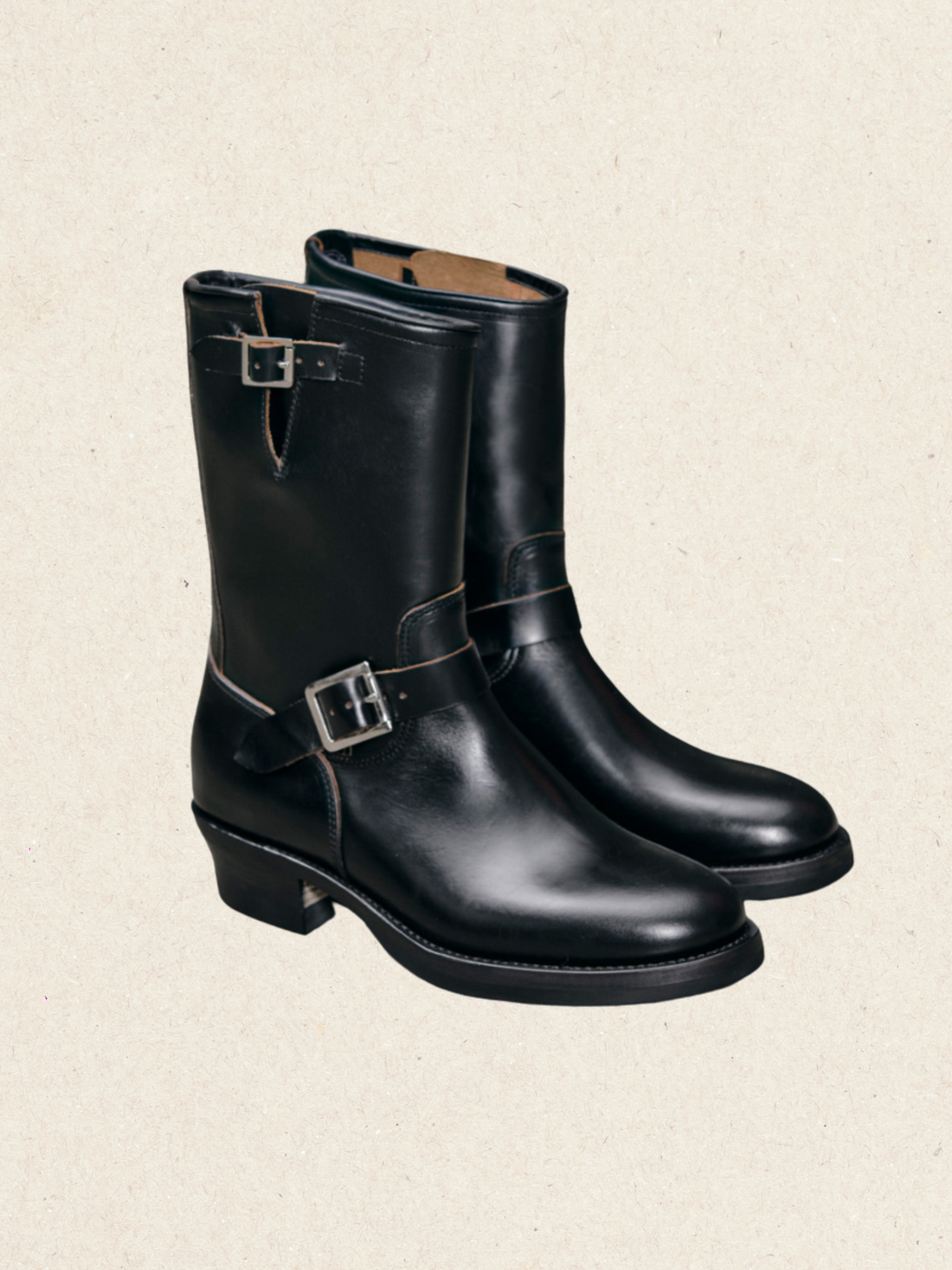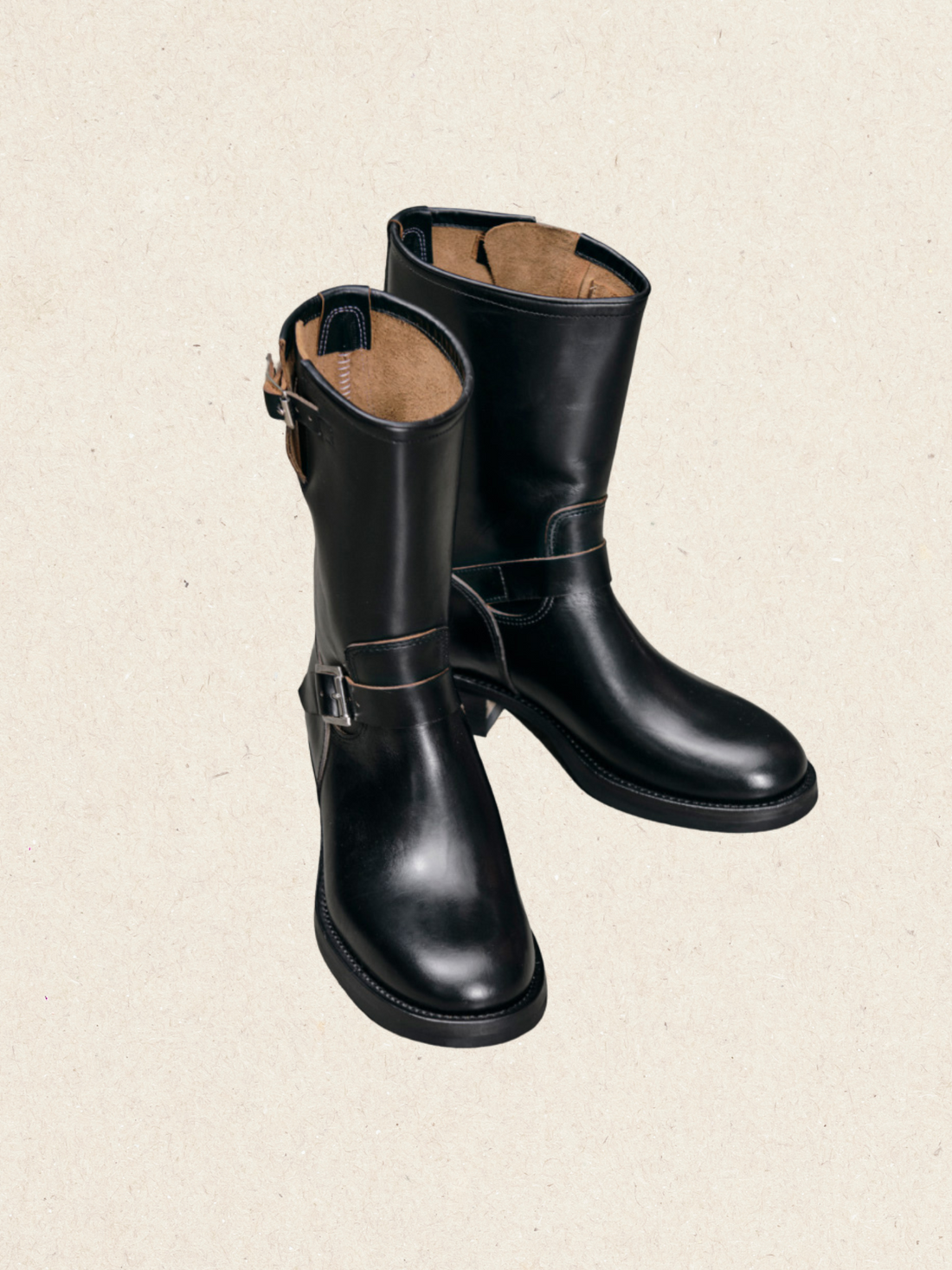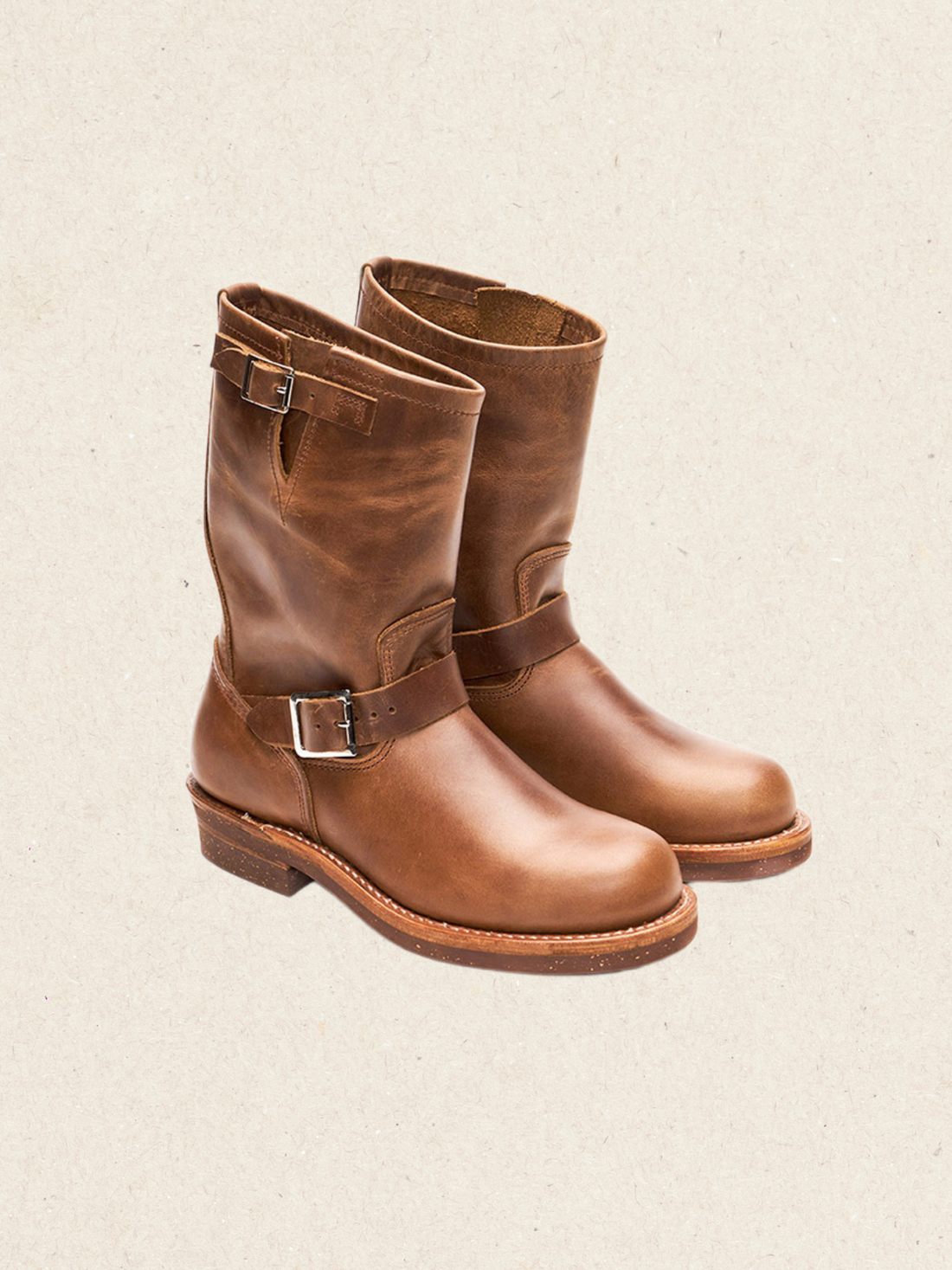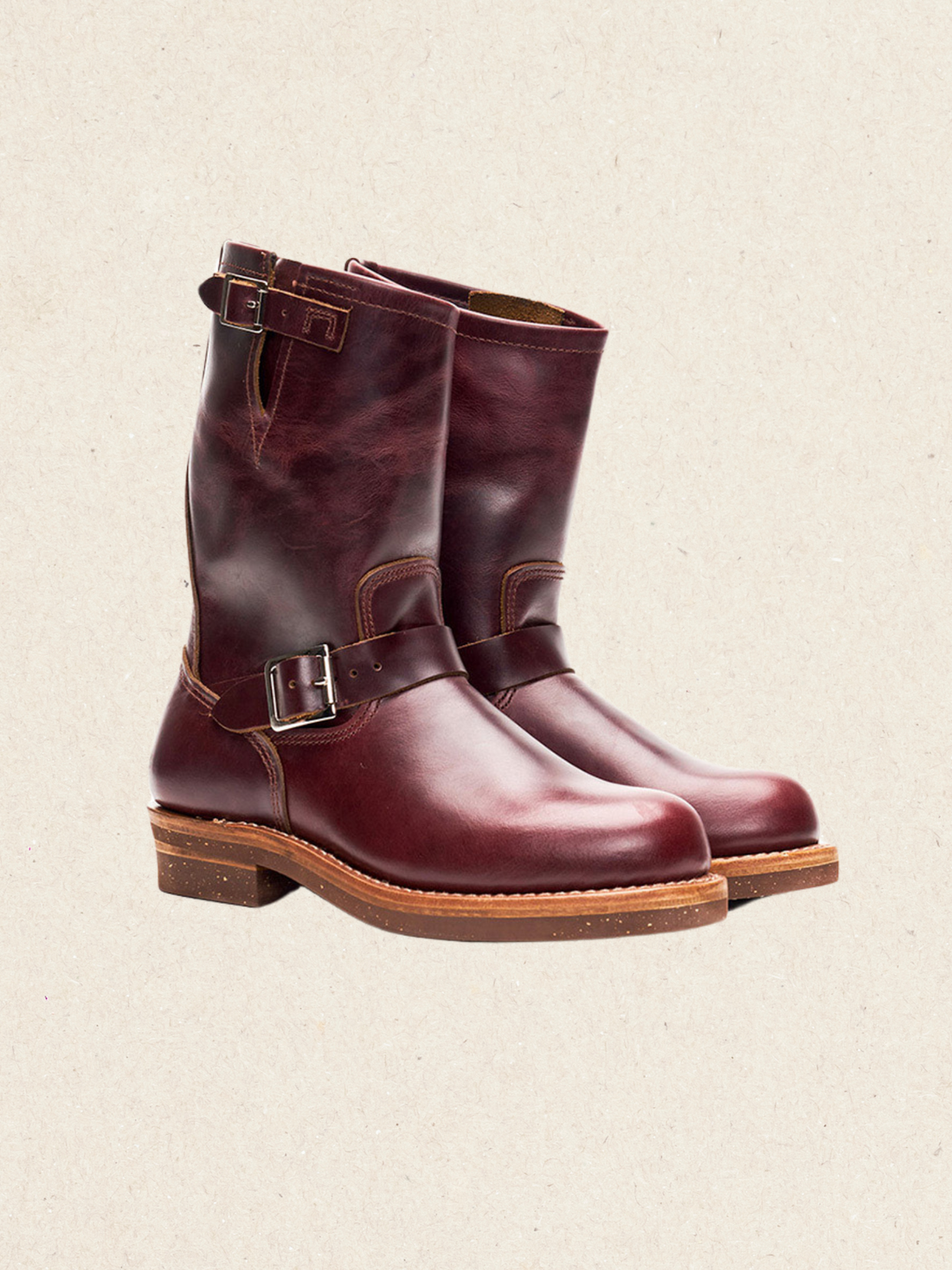1. Introduction: Why Choosing Leather Is an Attitude
For fine footwear, leather quality is foundational. As one leathercraft expert observes, “the quality of the leather… determines the overall look and feel…and its durability and longevity. Full-grain vegetable-tanned hides age gracefully and give every shoe character. In Tuscany, such leather is celebrated as a material “steeped in tradition, craftsmanship, and quality. Choosing fine leather is not just a technical detail, but a statement of commitment to uncompromising craftsmanship.
One emblematic example is 3S SELI® (Conceria 3S), a storied Tuscan tannery. It boasts “90 years of history” — sole leather manufacture since 1929 — a legacy built on traditional slow pit tanning. These classic methods yield leather soles that are exceptionally durable, defined by elegance and “respect for the environment”. The tannery’s ethos is explicit: “quality and service are our goals, together with practices to reduce the consumption of water, chemicals and energy”. In short, 3S SELI marries age‑old artisanal technique with modern environmental consciousness.

For nearly a century, 3S SELI has remained family‑owned, mirroring a regional pattern: many Tuscan tanneries are “small, family-run businesses… part of their local communities for generations”. This continuity keeps a human touch in every phase of production. The slow vegetable‑tanning process itself is a “precise, artisanal craft”: hides soak in tannin‑rich baths for months, gradually gaining depth and patina. The result is leather of distinctive character and premium quality. For those who value tradition, such leather is never just material, but a living legacy of Italian shoemaking heritage.
2. Company Origins: From Ponte a Egola in 1929 to Today
1929: A Family Legacy Begins in Tuscany
In the quiet town of Ponte a Egola, nestled between the Arno River and the rolling hills of Tuscany, a small tannery was founded by the great-great-grandfather of Samuele, the current heir to the 3S SELI® legacy. Built with hand tools, hard work, and the wisdom of traditional leather tanning, the factory was born into a region known for its centuries-old vegetable tanning expertise. From its inception, the company embraced a human-scale model: family-operated, locally sourced, and craft-centered.

Mid-20th Century: Craftsmanship Through Generations
Through the 1940s and 1950s, while much of Europe industrialized rapidly, 3S SELI® chose a different path. The tannery remained committed to hands-on craftsmanship, with each generation of the family learning the trade not from textbooks, but directly from the workbenches of their elders. Their operations expanded modestly, but without compromising the artisanal methods that distinguished them—slow vegetable tanning, careful hide selection, and finishing by hand.

1985: Founding the Cuoio di Toscana Consortium
A landmark in the company’s history came in 1985, when 3S SELI® became one of the seven founding members of the Cuoio di Toscana consortium. This elite collective was established to safeguard the authenticity of Tuscan sole leather production and to formalize a shared standard for quality and sustainability. The consortium not only reaffirmed 3S SELI®’s dedication to traditional methods but also positioned the brand as an industry leader and ambassador for Italian leather culture.

1990s–2000s: Modernization Without Compromise
As global fashion evolved and the leather goods industry shifted toward mass production, 3S SELI® modernized its facilities to meet new environmental standards and global demand—but without sacrificing core values. The company refined its supply chain, exclusively sourcing raw hides from European cattle raised for the food industry, and enhanced traceability and eco-certification protocols. Yet the essence remained unchanged: natural vegetable tanning, family involvement, and respect for the material.

Today: A Living Tradition with Global Reach
Now in its fourth generation, 3S SELI® continues to operate with the same philosophy that guided its founding nearly a century ago. It stands as one of the most respected names in leather sole production, with its materials found in some of the world’s most premium footwear. Every hide still passes through expert hands; every piece still tells the story of place, tradition, and time-honored technique. In an increasingly automated world, 3S SELI® remains a living testament to the enduring power of artisanal legacy.
3. The Force Behind Vegetable Tanning: Why Tuscan Leather Endures
At the heart of 3S SELI®’s reputation is its slow vegetable‑tanning process, a ritual unchanged for centuries. After preparing the raw hides—sourced exclusively from European cattle farms under strict animal‑welfare standards—the leather is immersed in vats containing tannin‑rich extracts of chestnut, mimosa, and quebracho bark. Rather than days or hours, this method takes weeks or even months, allowing the tannins to penetrate deeply and bond naturally with the collagen fibers. The result is leather that is remarkably resilient, breathable, and environmentally sound, since the tannins derive from renewable forestry sources and no harsh chemicals are involved.

Tuscany itself plays a pivotal role in this tradition. The region accounts for 98 percent of Italy’s vegetable‑tanned sole leather, a statistic born from its unique combination of skilled artisans, abundant tannin‑producing trees, and generations of craftsmanship passed down through family workshops. In Ponte a Egola—home to 3S SELI®—four generations have refined the practice, ensuring each hide meets exacting standards of thickness, suppleness, and natural grain. This provenance guarantees a consistent quality that few other leather‑making regions can match.
To formalize these high standards, 3S SELI® underwent auditing by the Leather Working Group (LWG), achieving a Silver rating under the Environmental Auditing Protocol Issue 7.2.1. This certification attests not only to their responsible water and energy use, but also to their closed‑loop waste recycling, where wastewater is treated in centralized Tuscan purification plants and solid byproducts are repurposed. By combining age‑old techniques with modern environmental rigor, 3S SELI® ensures its leather is both a natural resource and a sustainable one.
4. Cuoio di Toscana Consortium: Guardians of Italian Sole Leather Quality
In 1985, a collective of seven historic Tuscan tanneries—including 3S SELI®—joined forces to establish the Cuoio di Toscana Consortium, driven by a shared vision: to preserve traditional vegetable‑tanning methods and create an industry‑wide standard for sole leather excellence . At a time when mass‑production and synthetic substitutes threatened artisanal practices, the consortium’s founding charter emphasized two pillars:
- Quality Assurance: Defining strict criteria for hide selection, tanning duration, and finishing methods to ensure every leather sole met an uncompromising standard of durability and aesthetic beauty.
- Traceability System: Implementing a program that tracks each hide from its origin on the farm, through the tanning pits of Tuscany, to its final form as a shoe sole—providing brands and consumers with complete transparency.

Certification Hallmarks: From Steel Stamps to NFC Tags
To signify this rigorous process, Cuoio di Toscana‑certified leather carries several unmistakable marks of authenticity:
- Steel Hallmark: Each sole bears a heat‑pressed steel stamp reading “CUOIO DI TOSCANA,” an immediate visual cue of genuine Tuscan vegetable‑tanned leather.
- Protective Film: During transport and shoemaking, a branded film layer shields the leather’s surface, ensuring the finish arrives pristine. Once removed, it leaves a crisp, unmarred sole.
- NFC Authentication Tag: Embedded discreetly within the sole, this near‑field communication chip allows smartphone users to scan and verify the leather’s origin, production date, and tannery details in real time.
- Crystal Plaque & Certificate: Authorized brands receive an elegant crystal plaque and serialized authenticity card, reinforcing the consortium’s commitment to both tradition and innovation .
A Legacy Embraced Around the World
Thanks to its stringent standards and collaborative spirit, the Cuoio di Toscana Consortium commands 98 percent of Italy’s vegetable‑tanned sole leather market and over 80 percent of Europe’s . This dominance underscores Tuscany’s unrivaled expertise in leather craftsmanship and positions consortium‑certified soles as the gold standard for premium footwear worldwide.
By uniting centuries of family‑tannery knowledge under a shared quality banner, Cuoio di Toscana continues to champion the artistry and sustainability of Italian sole leather—ensuring every step taken in these soles carries the weight of a storied heritage.
5. Core Advantages Explained: Why These Qualities Matter for Footwear
When it comes to premium shoes, the choice of sole leather can make or break the wearing experience. Here’s why 3S SELI®’s vegetable‑tanned Tuscan leather stands head and shoulders above alternatives:

Breathable & Skin‑Friendly
Vegetable‑tanned leather retains its natural fiber structure, allowing air to circulate around the foot. Unlike synthetic or chrome‑tanned materials that trap heat and moisture, these soles remain cool and dry—even when worn without socks on hot days. This breathability is intrinsic to the slow tanning process, where hides steep for weeks in tannin baths, preserving the microscopic pores that facilitate airflow .
Naturally Flexible
Over time, vegetable‑tanned leather adapts to the wearer’s gait and foot shape, creating a custom fit that enhances comfort and support. The deep penetration of plant tannins into the collagen matrix gives the leather both strength and suppleness. Rather than stiffening or cracking, these soles gently conform—reducing break‑in periods and minimizing pressure points with every step.
Antibacterial & Biodegradable
Tannins are nature’s own preservatives. They inhibit bacterial and fungal growth, helping to prevent odor and deterioration inside the shoe. Scientific studies confirm that vegetable‑tanned leathers resist microbial attack far better than chrome‑tanned counterparts, due to tannins’ ability to bind and stabilize organic matter. When the leather eventually reaches the end of its life, its 100 percent organic composition allows it to biodegrade, leaving behind minimal environmental impact .
Sustainable Full‑Cycle Production
From rawhide sourcing to wastewater treatment, 3S SELI® and the Cuoio di Toscana Consortium champion eco‑responsible practices at every stage:
- Renewable Tannins: Chestnut, mimosa, and quebracho trees provide replanted, regionally managed bark extracts.
- Water & Energy Efficiency: Centralized treatment of tannery effluent and reduced chemical use minimize pollution.
- Closed‑Loop Waste Management: Solid byproducts are repurposed, and water is recycled, ensuring near‑zero discharge into local waterways.
By choosing vegetable‑tanned soles certified by Cuoio di Toscana, brands and consumers alike support a circular, low‑impact leather economy—an essential consideration in today’s sustainability‑driven market.
6. From Knowledge to Practice: How to Identify and Care for Shoes Made with 3S SELI® Leather Soles
Recognizing and maintaining quality leather soles isn’t just the work of a seasoned shoemaker—it’s something every discerning wearer can learn. When it comes to shoes crafted with 3S SELI® leather, there are specific signs of authenticity and care routines that help you make the most of this premium material.

🏷 How to Identify Genuine 3S SELI® Soles
Not all leather soles are created equal, and not all are made with the slow-tanned excellence of 3S SELI®. Here’s how to spot the real thing:
1. Embossed CUOIO DI TOSCANA Steel Stamp
Every shoe that uses certified 3S SELI® sole leather will feature the Cuoio di Toscana steel hallmark. Usually pressed into the mid-sole or arch area, this stamp guarantees the sole has passed the consortium’s rigorous standards and was produced using traditional Tuscan tanning methods.
2. NFC Authentication Tag
Many shoes now embed an NFC chip in the sole or footbed. A simple tap with your smartphone can reveal details such as:
-
The name of the tannery (e.g., 3S SELI®)
-
Batch origin
-
Date of tanning and finishing
This digital transparency protects against counterfeits and builds buyer confidence.
3. Crystal Certification Plaque (for Brands)
For retail environments, brands officially authorized to use 3S SELI® and Cuoio di Toscana leather are issued a clear crystal certificate plaque—a physical token of compliance. If you’re shopping in-store, this is a strong indicator of authentic sourcing.
🧵 What to Look For in Construction Quality
The type of shoe construction matters just as much as the material itself—especially when it comes to leather soles.
✅ Full Leather Outsoles (Preferably Natural Finish)
Shoes that use leather all the way through the sole—without rubber inserts or synthetic fillers—maximize the benefits of vegetable-tanned leather. Look for a continuous grain surface with visible pores and slight tonal variations, signs of minimal chemical treatment.
✅ Goodyear Welt or Handwelt Construction
High-quality leather soles like those from 3S SELI® deserve to be paired with a resole-friendly construction method. Goodyear Welt and Handwelt shoes can be professionally resoled multiple times without affecting the upper, extending the life of your shoes for years, or even decades.
🧴 How to Care for Your Leather-Soled Shoes
Proper care goes a long way in preserving the natural performance and appearance of vegetable-tanned leather soles. Here are a few essentials:
- Avoid Prolonged Moisture Exposure: Leather soles are naturally breathable but not waterproof. Don’t wear them on rainy days or over wet pavement. If they get soaked, let them air-dry naturally—never near heat.
- Apply Leather Nourishing Products: Use dedicated leather sole oils, balms, or creams to keep the sole supple and prevent cracking, especially in dry climates. Avoid silicone-based products, which block the pores.
- Use a Shoe Tree and Rest Days: Insert cedar shoe trees after each wear to absorb sweat and maintain the shape of the upper and insole. Give leather-soled shoes at least 24–48 hours between wears.
7. Experiencing the Tradition Firsthand: Our Recommended Footwear Crafted with 3S SELI® Leather
After exploring the heritage and craftsmanship behind Tuscan vegetable-tanned leather, it's only natural to ask—how does it feel to walk in shoes made with such material? At Hector Maden, we believe the best way to understand the quality of 3S SELI® leather is to experience it underfoot.
That’s why many of our signature boots and loafers are lined with vegetable-tanned cowhide from 3S SELI®, chosen for its breathability, comfort, and enduring strength. Unlike synthetic or chemically treated linings, this natural leather molds to the shape of your foot over time—offering a customized fit, better odor resistance, and a cool, dry feel even in warmer seasons.
But the benefits don’t stop at the lining. In the construction process, this premium material helps enhance:
- Moisture regulation: Absorbs sweat while staying dry to the touch.
- Foot health: Naturally antibacterial and hypoallergenic.
- Longevity: Resists cracking, stretching, and degradation with age.
Our designs don’t just use this material—they honor it. Each model is crafted to showcase the synergy between traditional leatherwork and modern durability:
C.F. Stead Scout Boots
A robust yet refined work boot constructed with British waxed leather uppers, a Vibram® sole, and a Goodyear welt for long-term wear. Lined with 3S SELI® leather, these boots balance rugged exterior protection with breathable comfort on the inside.

Boondocker Combat Boots
Drawing from vintage military design, these brown leather boots pair full-grain uppers with a resole-friendly welted sole. The interior 3S SELI® lining ensures your feet stay dry even during long days of wear—making them ideal for urban exploration or heritage styling.

Classic Engineer Boots
A bold tea-core leather boot that ages beautifully, featuring a high shaft, reinforced construction, and a substantial leather insole supported by a Goodyear welt. Inside, the 3S SELI® leather lining delivers soft contact with skin and regulates temperature in all seasons.

Penny Loafers
Our handcrafted loafers blend elegance and structure. Made with premium polished leather in classic brown and black shades, each pair is hand-lasted and finished with 3S SELI® vegetable-tanned lining—making them perfect for barefoot wear during spring and summer months.

Each pair offers a quiet testament to the power of old-world materials in modern shoemaking. By choosing shoes lined with 3S SELI® leather, you're not only stepping into comfort—but stepping into nearly a century of Italian craftsmanship.
Explore our Men’s Boots and Loafer Collection to find the style that fits your life—and your values.
Conclusion
The legacy of Tuscan vegetable tanning continues to guide the leather industry today. 3S SELI® leather is made exactly as it has been for generations – using slow, pit-based tannin baths of chestnut, mimosa and other plant extracts – preserving an “ancient tanning process” that unites tradition with innovation. This craftsmanship is inseparable from cultural heritage: the famed Pelle Conciata al Vegetale in Toscana seal embodies the story of “vegetable-tanning extracts and the skilful hands of the Tuscan master tanners”. At the same time, makers like Conceria 3S (behind 3S SELI®) explicitly tie this heritage to environmental care. For example, 3S SELI’s tannery prides itself on “respect for the environment,” with practices that reduce water, chemicals and energy use. The tannery even earned a Silver rating from the Leather Working Group for following strict sustainability standard. The upshot is leather that carries deep cultural value and traceable quality, from the raw hide to the finished shoe sole.
Because of this time-honored process, 3S SELI® vegetable-tanned leather yields footwear materials that stand the test of time. By design it is full-grain and uncoated, so the hide remains “breathable” – liners and insoles made from 3S SELI® leather literally let air and moisture pass, keeping feet comfortable. Indeed, customers of 3S SELI®-lined shoes report “exceptional breathability and a supple feel”. The same porosity that lets the leather breathe also lets it absorb natural oils, so over years of wear the leather darkens and smooths into a rich patina. In other words, rather than breaking down, the leather actually improves with use. Its durability is hard to overstate: as one guide notes, veg-tanned leather has “impressive durability” and with proper care “can easily last a lifetime”. Tuscan vegetable-tanned leather is renowned for showing its age gracefully, so a pair of shoes or boots made with 3S SELI® leather is likely to outperform cheap, heavily coated alternatives both in longevity and in the long-term comfort of breathability.
In short, the Tuscan tradition remains the foundation for modern quality. Through brands like ours, that heritage craftsmanship translates directly into better footwear. We encourage readers to explore our collection of shoes and boots featuring 3S SELI® leather – each pair is built on this legacy. In these products you’ll see tradition and innovation come together: naturally tanned 3S SELI® linings and soles provide durable, sustainable comfort. The result is footwear with substance and soul, where every stitch and supple lining reflects centuries of expertise. When you browse our product pages, you’re not just buying a shoe – you’re experiencing a legacy of quality that will last for years to come.
